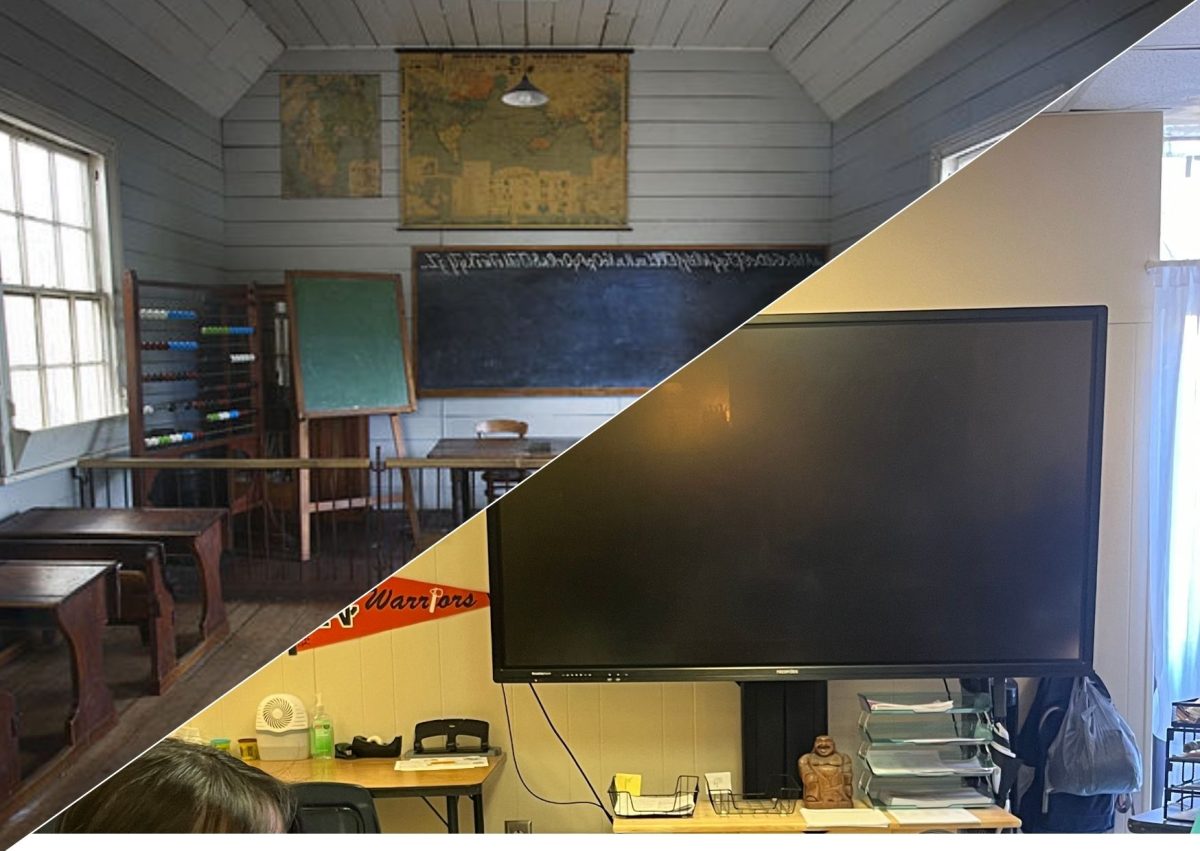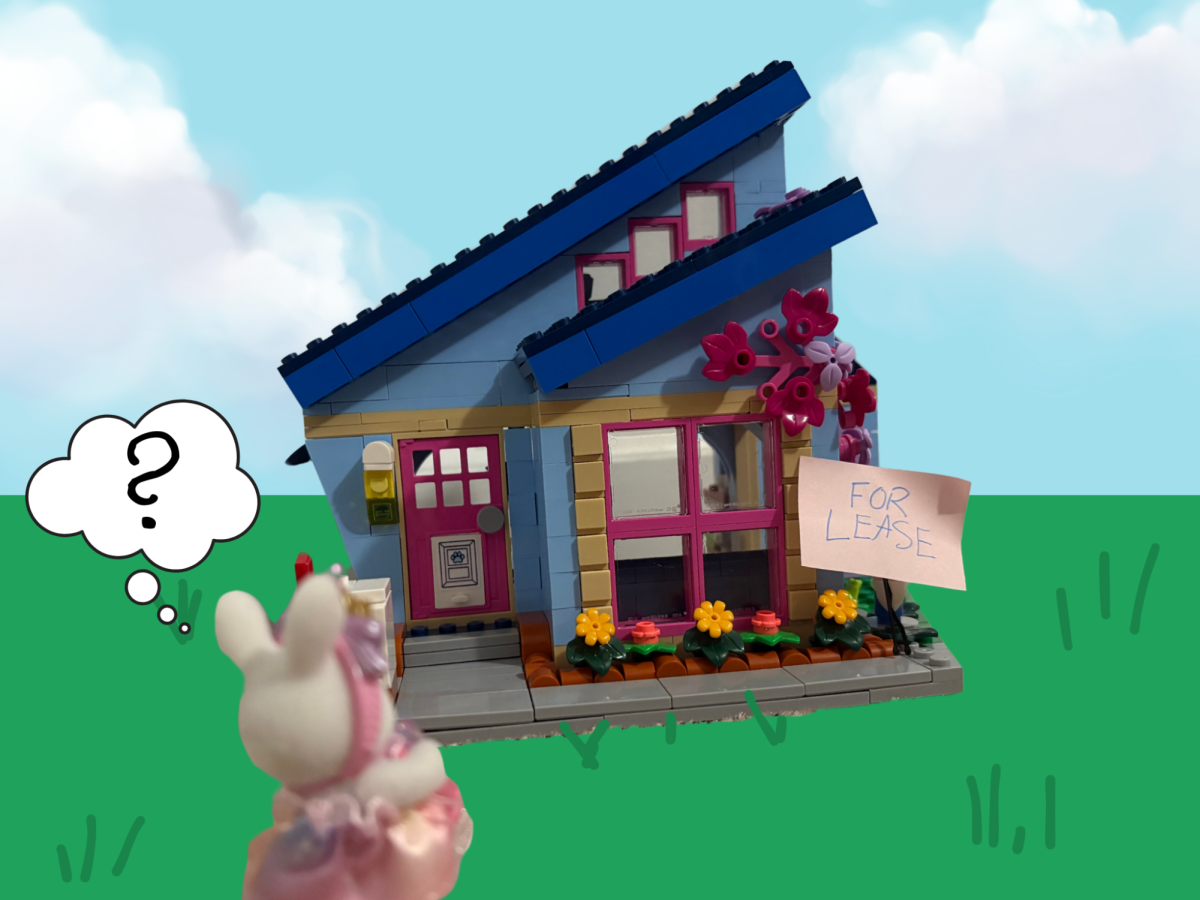Over the decades, classrooms have evolved to include advanced technology and accommodate students’ needs. Classrooms remained relatively the same as students progressed through school, but older pictures of classrooms compared to a modern setting make the earlier classroom look unrecognizable. Wood desks and chalkboards surrounded rooms not too long ago; now classrooms include plain tables and a smartboard hanging on the wall.
The look of classrooms drastically changed, including personal decor; teachers started expressing their personalities through room decor, making classrooms provide a limitless amount of comfort and welcoming to students. Posters and typical house decor began appearing in classrooms, and throughout the years, teachers noticed that students enjoyed the personal look of classrooms.
Couches made their way into classrooms along with rolling chairs that previously belonged behind teachers’ desks, but students began using them instead of the typical desk. Boring tables and uncomfortable desks have gradually disappeared in certain classrooms today. High school teachers find that students tend to perform better and enjoy learning when the room appears nicely decorated, including a comfortable chair.
“One of my teachers has a couch and LED lights all around the room. We also have rolling chairs instead of like regular desk chairs. It’s super cozy in the classroom and the chairs are so much more comfortable than a normal chair. I would say it helps me want to learn more. I also feel like I know more of the teacher’s personality because of her room,” NC sophomore Yalena Cua said.
Chalkboards and whiteboards slowly became useless in classrooms; smartboards now hang in almost every classroom and connect to laptops, while whiteboards rarely receive use today due to the invention of the smartboard. Ever since smartboards and laptops made their way into classrooms, over 80% of the United States use smartboards. The ability to connect to a laptop that also remains touch screen provides significant benefits throughout the school day.
Not only did the appearance of classrooms change with the addition of this new technology, the environment shifted. Students appeared reliant on laptops and technology rather than socializing, and engagement during class hours decreased as technology became accessible at students’ fingertips. A typical high school environment began to revolve around social media rather than communicating in person after students gained access to technology and social media.
Cliques used to play a significant role in the high school environment; now, students shift their focus to which one of their posts receives a significant amount of attention. With an increase in phone usage over the years, teachers found it would become easier to incorporate phones and social media into the lessons they taught while still attempting to limit phone usage. Cliques dissipated and transformed into likes and comments, and the change in the environment of classrooms led to certain teachers even leaving the field early due to the unknown aspect of technology.
“The invention of the internet has led to dramatic change in education. Today we have so much availability of information on our phones and laptops. Back then, you had to go to the library to use books. Today teachers can communicate with parents very easily through email or CTLS,” AP World History teacher Jeffery Bettis said.










